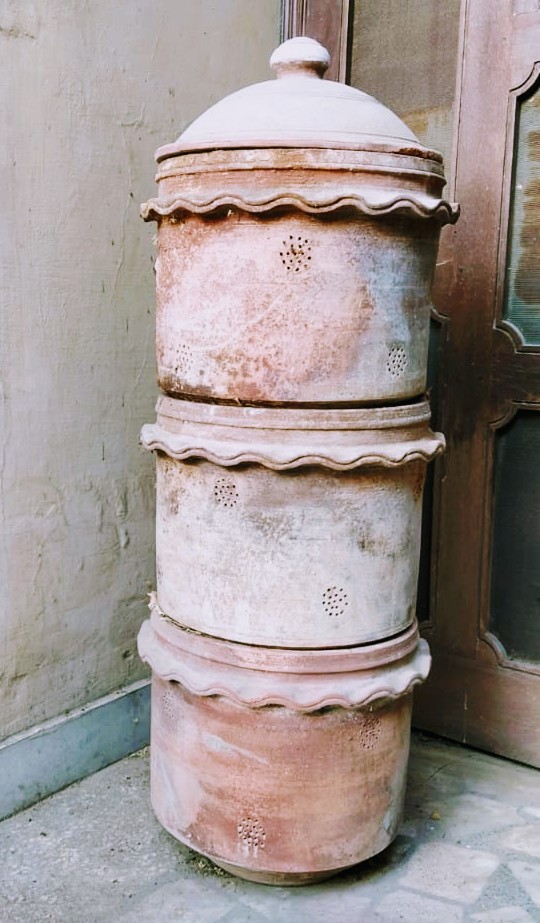I can’t remember the last time I gave away wet kitchen waste to the garbage collector. Before you jump to any conclusions about me living in a smelly house, I must clarify that I have been making compost from my kitchen waste for the past couple of years.
It started as a project to test whether home-composting was indeed just an ideal that one aspired to. A fad which, after running its course, will fade away.
But why did I even want to start the project?
To answer that, it is important to talk about waste. I have lived a large part of my life without ever thinking about how much household waste I generate and where it all disappears. My daily engagement with it usually stopped when I handed the household refuse to the local garbage collector. I was completely oblivious to its journey thereafter. Out of sight, hence, out of mind. It took the collapse of a mountain of garbage at the Ghazipur landfill in Delhi a few years’ ago to get me thinking.
Do we have a garbage problem?
And this is what I found out about the journey and impact of household waste on our environment. Consider the daily household waste produced by each of us. About half of it, if not more, is organic kitchen waste. Apart from this, recyclables and non-biodegradable waste (like plastic and cardboard etc.) are the usual suspects in our dustbins. This trash is usually deposited with the local garbage collector and eventually reaches a landfill site near the city.
Barring a very small percentage of garbage that is treated, most of what we throw ends up in the nearest landfill. These dumpsites are a toxic mix of organic, plastic, bio-medical, hazardous and electronic waste material. The numerous health hazards emanating from this mix affects not just the people living in the vicinity, but also the entire city. Causes for concern include the emission of methane gas from accumulated waste, disease-causing germs housed in the dumpsites and the contamination of soil and groundwater through seepage from solid waste of landfills.
Also read: Want to Help Sanitation Workers? Segregate Your Waste
With every passing day, the landfill grows, eventually becoming a colossal, odious mountain of waste. A mountain that could just break under its own weight, causing irreparable loss to life, as it did in Ghazipur, Delhi.
While solving the garbage problem requires co-operation from all stakeholders, I realised that a small but important step to the solution involves each of us taking control of our household waste at once.
How can I solve the problem?
I wanted to find ways in which I could do my part in effectively handling household waste. Under an ideal waste management system, only non-recyclable and non-biodegradable waste would be routed to landfills. However, the scenario on the ground was (and still is) far from ideal with both organic waste and recyclable waste being dumped at landfills.
Does it make a difference if we segregate the organic waste at the time of disposal? It does. But segregation at source would be effective only if every local body ensures that the segregated waste is collected and transported separately to processing.
Also read: What Growing up in an Indian Middle-Class Household Taught Me About Sustainability
Would it help if I segregate the organic waste and compost it at home? I realised that it would. Through home-composting, the amount of garbage thrown away by each household reduces drastically. By segregating and composting organic waste at home, one ensures that the recyclables at landfills are not contaminated. Their re-use potential increases. When more of us adopt composting, it could go a long way in easing the burden on municipalities and landfills.
Does composting at home work?

Tiered composting apparatus. Photo: Nityapriya Subash
A simple search on the interest reveals multiple easy ways of composting. Simply put, the process involves mixing nitrogen-rich green material (such as organic waste) with carbon-rich brown material (such as sawdust, coco peat and dry leaves).
As someone looking for composting infrastructure that could work in small spaces, I adopted one involving terracotta tiered pots that could be placed in an out-door corner. It is compact and efficiently handles waste generated by two people. Having engaged with this process for a while now, I can certainly say that it could involve a lot of trial-and-error to find a suitable method but the important element is persistence.
Regularly mixing my greens with browns, I have generated plenty of crumbly compost and fed it to the plants in my nascent garden! If you don’t have a garden, don’t despair. I use fully made compost from earlier rounds in the next round of composting kitchen waste.
Each of us can play a small but effective role in solving the garbage problem by choosing to compost organic waste at home.
It is time we started learning ‘C’ is for composting.
Nityapriya is a corporate lawyer who is currently trying to find ways to minimise her carbon footprint.
Featured image credit: Nityapriya Subash (Edited by: LiveWire)